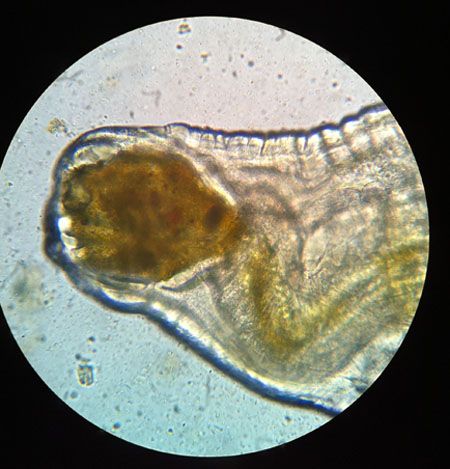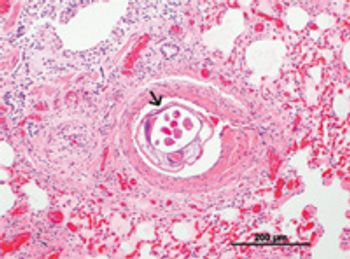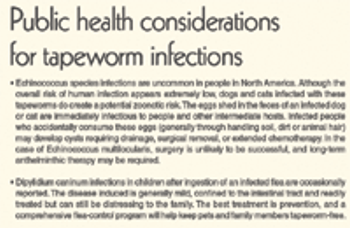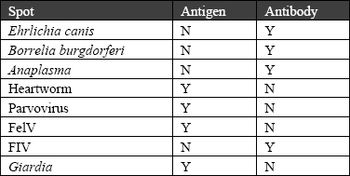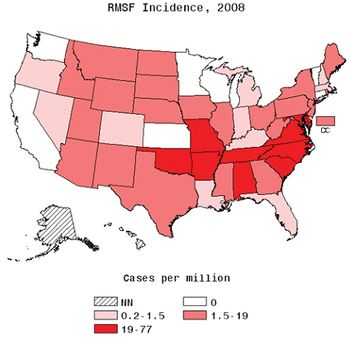
Bel Air, Md. - The Companion Animal Parasite Council (CAPC) believes revamping its parasite prevalence maps with real-time, localized information can help practitioners drive pet owners back into their clinics and reclaim their position as the experts on animal health.


